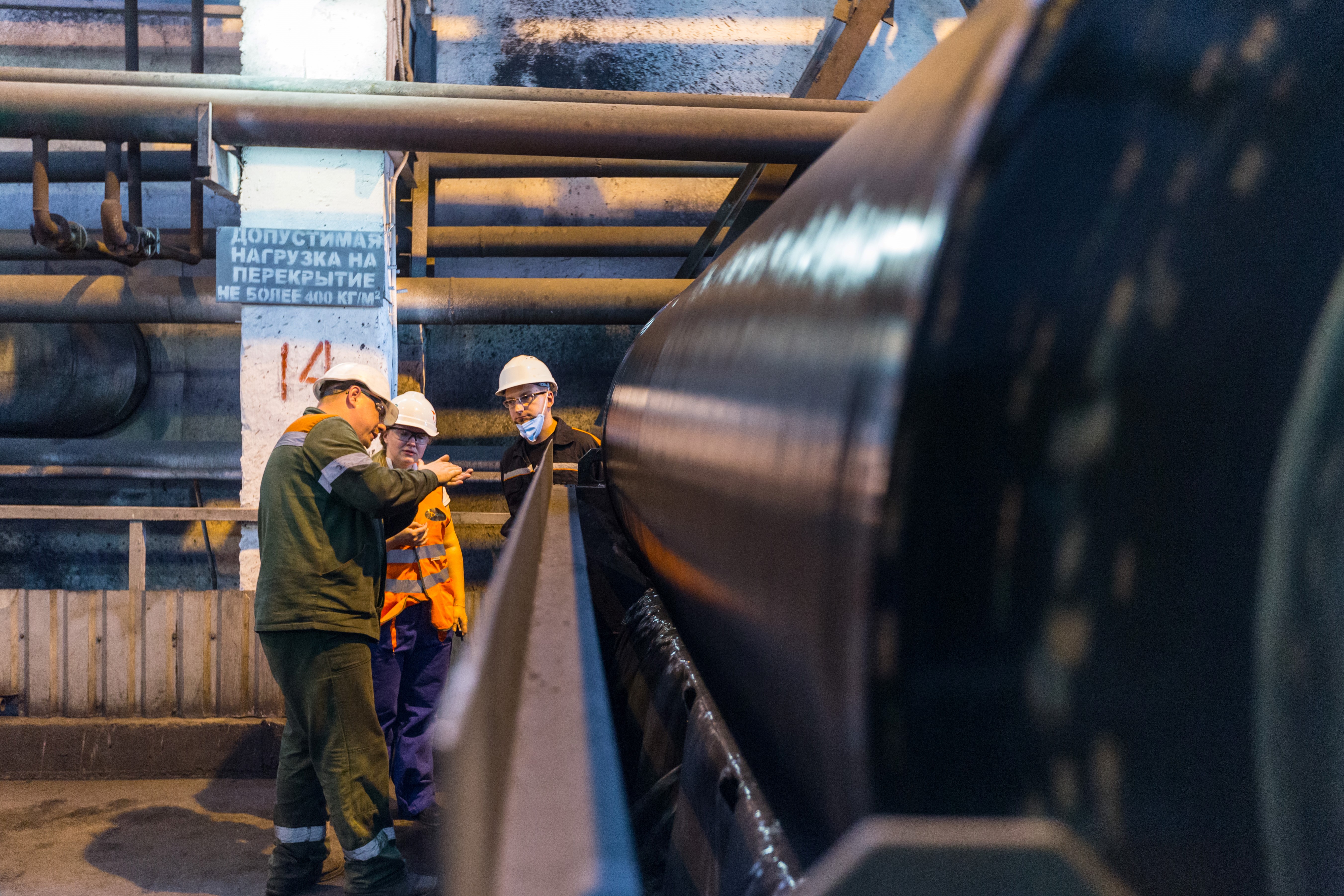The balance between crushing and blasting
One way to save energy is by blasting more and crushing/grinding less. This way you can reduce the feed size before primary crushing, increasing circuit throughput and reducing the energy required for downstream comminution. Blasting is the most cost-efficient means for ore size reduction. Chemical energy is cheap as opposed to electrical energy. If you can design a blast pattern that maximizes the use of cheap chemical energy in a safe manner, you will have a significant impact on the electrical energy required to complete the size reduction process.
Metso has numerous case studies in which changes in drill and blast designs have led to increases in downstream throughput by 5-20%. Increasing throughput through a SAG mill generally requires feeding it with more fines. If these can be generated in the blast, then it is a much more cost-effective way of achieving a higher SAG throughput. Generally, the biggest benefits, 10-20% increase in throughput, are seen in the hardest ore.
One very important point is that more blasting does not directly mean less crushing. It does make the job of the primary crusher a little different and perhaps easier, but any subsequent crushing stages need to be fully utilised to ensure they are processing to capacity. It is also very important to ensure that any changes to the ROM (Run-of-Mine) are taken into account when reviewing the primary crusher operation. Liner profile and crusher settings should be reviewed to ensure the crusher is operating well and able to transfer the benefits of the new ROM to the downstream processing stages without causing problems in the crusher.
Utilizing pre-concentration and sorting
Rejecting waste rock early is the most direct way to reduce comminution cost. The trick is to limit how much valuable material is rejected along with the waste. When done properly, pre-concentration can actually increase recovery, leading to a real win-win scenario: Less power consumption and more metal production.
The absolute fundamental goal of pre-concentration is to remove anything from the ore which does not need to be broken. The challenge is to remove the liberated gangue at each stage of comminution to ensure it does not consume energy unnecessarily in the following stage. The process is based on two core aspects; detecting the particles which are low grade or barren, and the process of removing them. Pre-concentration as such is not necessarily new and it includes things like gravity separation, dense media separation, flash flotation and screening. More recent developments are related to sensor-based ore sorting like optical sorting, x-ray sorting and such.
Energy efficiency through improved wear life
The comminution process produces three things: size reduction, heat and wear. There is published evidence that indicates, at least at the lab scale, that when you increase grinding efficiency, you actually reduce heat generation and wear at the same time. For a given mill, a limited amount of energy is input. It either goes towards producing what we want, size reduction, or a larger portion of it goes into generating what we don’t want, which is wear and heat.
Another example of improving wear life for increased mill performance, including reduced specific energy consumption, was given in a paper by Sever Ciutina (Metso MLS) and R.J.Soriano (Snr Metallurgist, Masbate Gold Mine, Philippines) at the 12th Mill Operators’ Conference, 2014. It provided an analysis showing how the installation of curved pulp lifters on the discharge of a fixed speed SAG mill reduced wear issues, increasing wear life. It also reduced energy consumption without any corresponding loss of throughput.

